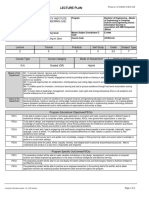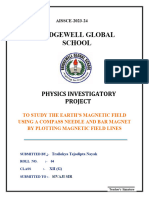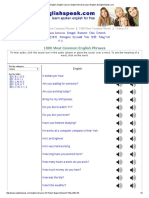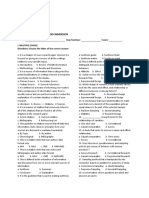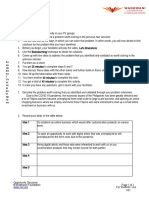0% found this document useful (0 votes)
10 views4 pagesFlutter Sec-B Lab Course Handout
The document outlines the course handout for 'User Interface Design Using Flutter' at Lakireddy Bali Reddy College of Engineering, detailing course objectives, outcomes, and a delivery plan. It includes evaluation processes and aligns course outcomes with program outcomes and specific outcomes. The course aims to equip students with skills in Flutter and Dart for developing interactive user interfaces and understanding responsive design principles.
Uploaded by
hussainmd8989Copyright
© © All Rights Reserved
We take content rights seriously. If you suspect this is your content, claim it here.
Available Formats
Download as DOC, PDF, TXT or read online on Scribd
0% found this document useful (0 votes)
10 views4 pagesFlutter Sec-B Lab Course Handout
The document outlines the course handout for 'User Interface Design Using Flutter' at Lakireddy Bali Reddy College of Engineering, detailing course objectives, outcomes, and a delivery plan. It includes evaluation processes and aligns course outcomes with program outcomes and specific outcomes. The course aims to equip students with skills in Flutter and Dart for developing interactive user interfaces and understanding responsive design principles.
Uploaded by
hussainmd8989Copyright
© © All Rights Reserved
We take content rights seriously. If you suspect this is your content, claim it here.
Available Formats
Download as DOC, PDF, TXT or read online on Scribd
/ 4























































